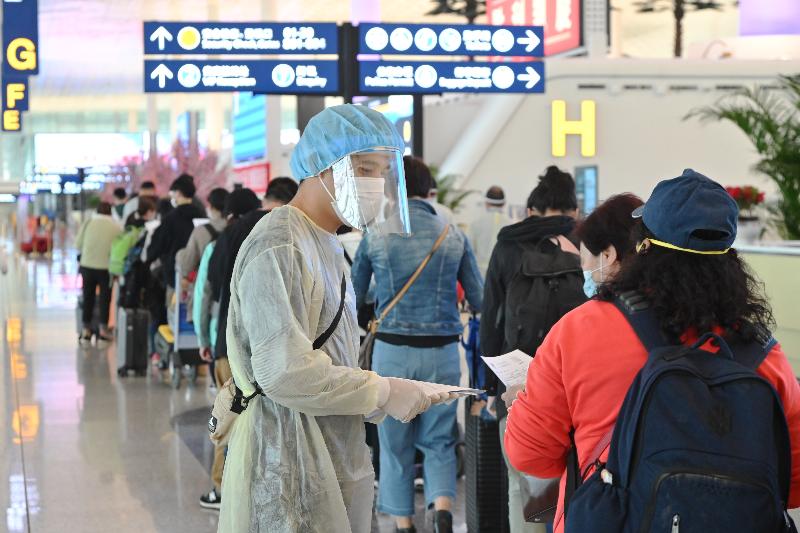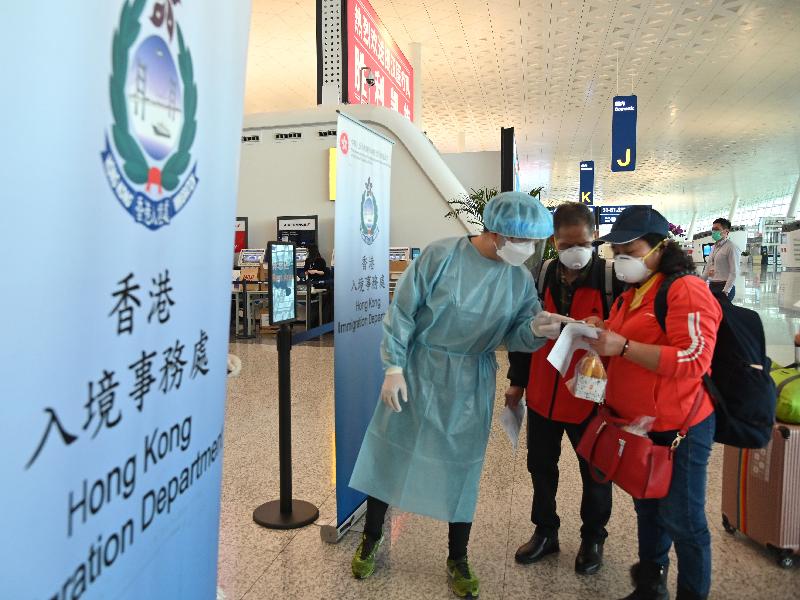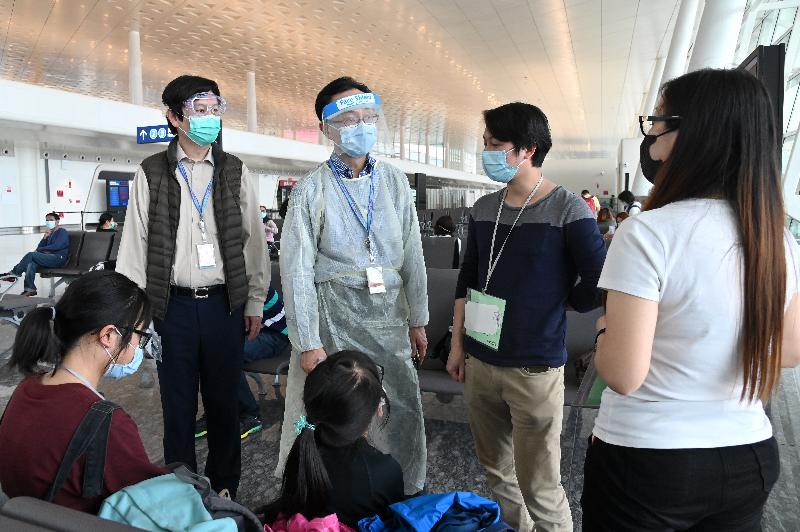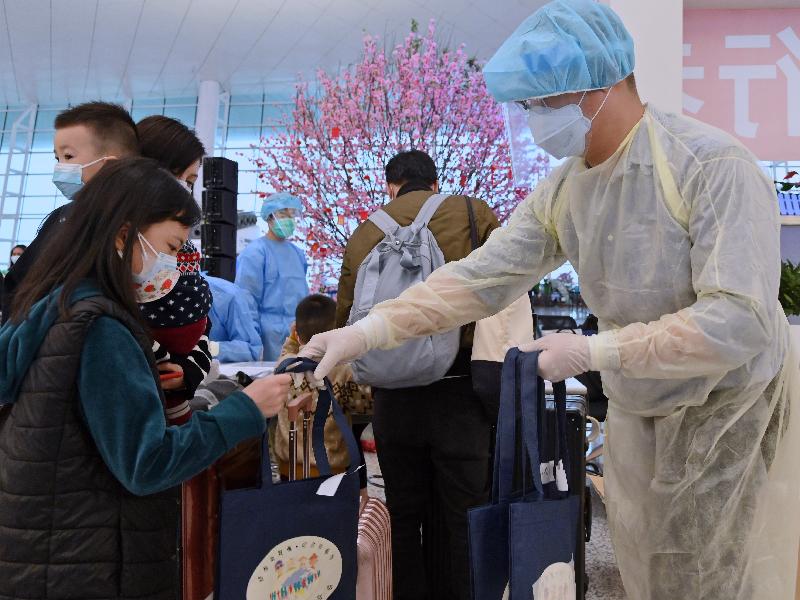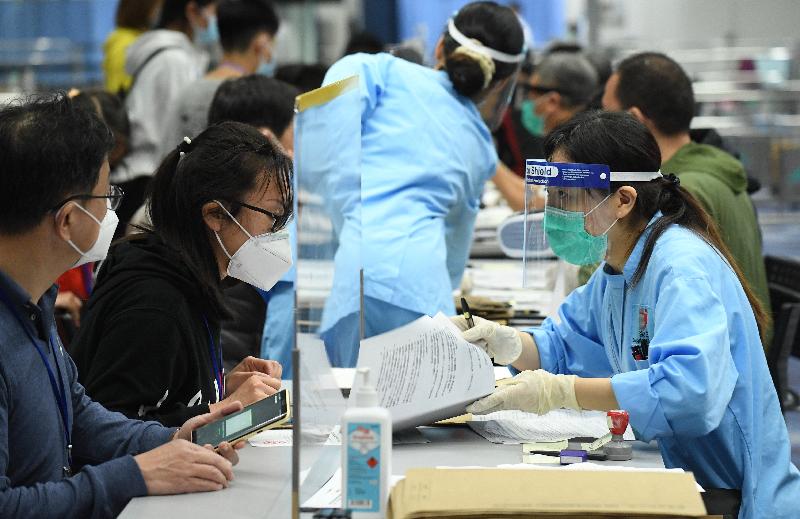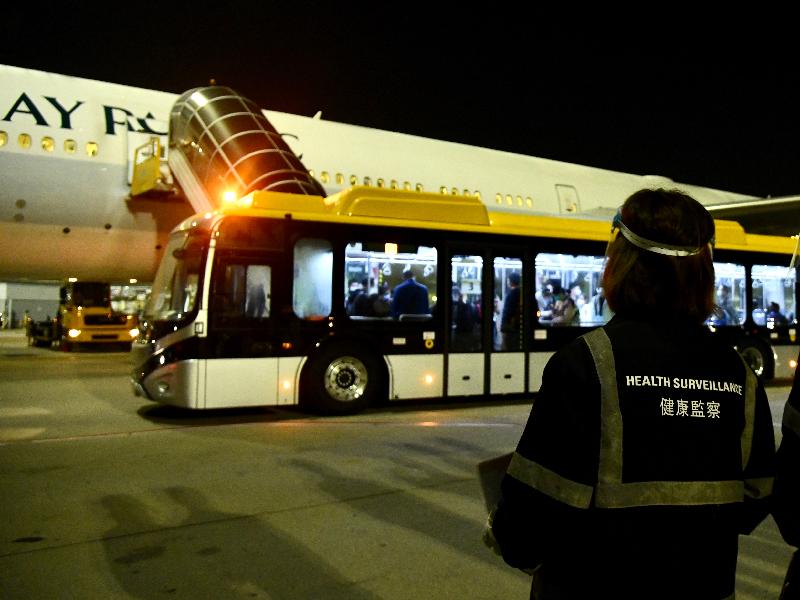Labour Department again appeals to foreign domestic helpers to refrain from gathering and crowding in public places
The Labour Department (LD) today (March 27) again appealed to foreign domestic helpers (FDHs) to refrain from gathering and crowding in public places and stay at home for rest on their rest days as far as possible to safeguard their personal health and reduce the risk of the spread of COVID-19 in the community.
The spokesman of the department said, "In response to the COVID-19 infection, to safeguard FDHs’ personal health, LD issued a press release on January 30 to appeal to FDHs to stay at home for rest on their rest days as far as possible and stay away from crowds on public transport or at public places. In view of the recent changes in circumstances of the epidemic in Hong Kong, the Government announced on March 23 further enhancements to our anti-epidemic measures. LD again appeals to FDHs to maintain strict personal and environmental hygiene at all times, avoid going out for social activities on rest days such as meal gatherings, and maintain an appropriate social distance with other people as far as possible. The Government notes that the consulates-general of FDHs' home countries have similarly appealed to their nationals to stay at home whenever possible, avoid crowded places and practise social distancing."
The spokesman continued, "FDHs may consider discussing rest day arrangements with their employers, including substituting another rest day, so as to avoid the health risk of gathering in crowded places. Under the Employment Ordinance, if an employer requests an FDH to work on a rest day, the employer must substitute another rest day for the FDH within 30 days after the original rest day; the employer must also notify the FDH of the arrangement within 48 hours after he/she is required to work. LD appeals to employers to explain the current special circumstances when discussing rest day arrangements with their FDHs and calls for their mutual understanding in joining hands to fight the virus. LD also reminds employers again that an employer who compels his/her FDH to work on a rest day without the agreement of the FDH or fails to grant rest days to the FDH is in breach of the Employment Ordinance and is liable to prosecution and, upon conviction, to a maximum fine of $50,000."
For health advice on the prevention of pneumonia and respiratory tract infection, please visit the website of the Centre for Health Protection of the Department of Health (www.coronavirus.gov.hk/eng/). Information in Chinese, English, Tagalog, Bahasa Indonesia, Thai, Hindi, Sinhala, Bengali, Nepali and Urdu are available.
Should FDHs and their employers have enquiries on employment matters, they may seek LD's assistance through the dedicated email account for FDH matters (fdh-enquiry@labour.gov.hk) and the online form on the dedicated portal (www.fdh.labour.gov.hk).
